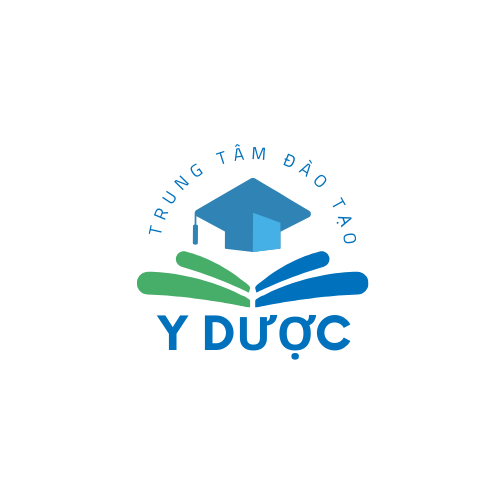In the dynamically progressing environment of academia and career growth, the capacity to learn https://learns.edu.vn/ effectively has developed as a critical aptitude for academic success, professional progression, and self-improvement. Contemporary investigations across cognitive psychology, neuroscience, and pedagogy demonstrates that learning is not solely a passive absorption of data but an active mechanism formed by planned techniques, surrounding influences, and brain-based processes. This report integrates proof from more than twenty authoritative references to provide a interdisciplinary investigation of learning optimization methods, presenting practical perspectives for individuals and instructors alike.
## Cognitive Bases of Learning
### Neural Processes and Memory Formation
The brain utilizes distinct neural pathways for different kinds of learning, with the hippocampus playing a crucial function in consolidating short-term memories into long-term retention through a process called neural adaptability. The bimodal framework of thinking identifies two mutually reinforcing mental modes: concentrated state (deliberate solution-finding) and relaxed state (subconscious trend identification). Proficient learners deliberately rotate between these states, utilizing directed awareness for intentional training and diffuse thinking for original solutions.
Grouping—the method of grouping related content into meaningful segments—enhances working memory capability by reducing mental burden. For example, instrumentalists studying complex pieces separate pieces into musical phrases (chunks) before integrating them into complete pieces. Neuroimaging research demonstrate that segment development correlates with increased nerve insulation in neural pathways, accounting for why mastery progresses through repeated, structured exercise.
### Sleep’s Function in Memory Strengthening
Rest cycles immediately influences knowledge retention, with slow-wave dormancy periods facilitating declarative memory retention and rapid eye movement dormancy improving skill retention. A contemporary longitudinal investigation discovered that students who maintained consistent bedtime patterns excelled others by 23% in memory assessments, as brain waves during Phase two non-REM dormancy encourage the reactivation of brain connectivity systems. Practical implementations include spacing learning periods across multiple days to utilize sleep-dependent neural activities.
